 您的购物车当前为空
您的购物车当前为空
D-myo-Inositol-1,3,4,6-tetraphosphate (ammonium salt)
一键复制产品信息The inositol phosphates (IPs) are a family of molecules produced by altering the phosphorylation status of each of the six carbons on the cyclic inositol structure. They act as second messengers, regulating a wide array of cellular functions. D-myo-inositol-1,3,4,6-tetraphosphate(Ins(1,3,4,6)-P4) largely acts an intermediate, serving as substrate for inositol-1,3,4,6-tetraphosphate 5-kinase to produce inositol-1,3,4,5,6-pentaphosphate, or inositol-1,3,4,6-tetraphosphate 2-kinase to give inositol-1,2,3,4,6-pentaphosphate. These inositol pentaphosphates can be further phosphorylated to produce inositol-1,2,3,4,5,6-hexakisphosphate, or phytic acid, which serves diverse roles in eukaryotic tissues. Ins(1,3,4,6)-P4 is a poor activator of the inositol 1,4,5-trisphospate receptor in vitro. Other functions of this IP remain to be elucidated.

D-myo-Inositol-1,3,4,6-tetraphosphate (ammonium salt)
一键复制产品信息The inositol phosphates (IPs) are a family of molecules produced by altering the phosphorylation status of each of the six carbons on the cyclic inositol structure. They act as second messengers, regulating a wide array of cellular functions. D-myo-inositol-1,3,4,6-tetraphosphate(Ins(1,3,4,6)-P4) largely acts an intermediate, serving as substrate for inositol-1,3,4,6-tetraphosphate 5-kinase to produce inositol-1,3,4,5,6-pentaphosphate, or inositol-1,3,4,6-tetraphosphate 2-kinase to give inositol-1,2,3,4,6-pentaphosphate. These inositol pentaphosphates can be further phosphorylated to produce inositol-1,2,3,4,5,6-hexakisphosphate, or phytic acid, which serves diverse roles in eukaryotic tissues. Ins(1,3,4,6)-P4 is a poor activator of the inositol 1,4,5-trisphospate receptor in vitro. Other functions of this IP remain to be elucidated.
| 规格 | 价格 | 库存 | 数量 |
|---|---|---|---|
| 100 μg | ¥ 1,430 | 35日内发货 | |
| 500 μg | ¥ 6,300 | 35日内发货 | |
| 1 mg | ¥ 10,900 | 35日内发货 |
产品介绍
| 产品描述 | The inositol phosphates (IPs) are a family of molecules produced by altering the phosphorylation status of each of the six carbons on the cyclic inositol structure. They act as second messengers, regulating a wide array of cellular functions. D-myo-inositol-1,3,4,6-tetraphosphate(Ins(1,3,4,6)-P4) largely acts an intermediate, serving as substrate for inositol-1,3,4,6-tetraphosphate 5-kinase to produce inositol-1,3,4,5,6-pentaphosphate, or inositol-1,3,4,6-tetraphosphate 2-kinase to give inositol-1,2,3,4,6-pentaphosphate. These inositol pentaphosphates can be further phosphorylated to produce inositol-1,2,3,4,5,6-hexakisphosphate, or phytic acid, which serves diverse roles in eukaryotic tissues. Ins(1,3,4,6)-P4 is a poor activator of the inositol 1,4,5-trisphospate receptor in vitro. Other functions of this IP remain to be elucidated. |
| 分子量 | 566.179 |
| 分子式 | C6H26N4O18P4 |
| CAS No. | 142507-74-2 |
| 密度 | no data available |
| 存储 | Powder: -20°C for 3 years | In solvent: -80°C for 1 year | Shipping with blue ice/Shipping at ambient temperature. | ||||||||||||||||||||||||||||||
| 溶解度信息 | PBS (pH 7.2): 50 mg/mL (88.31 mM), Sonication is recommended. H2O: 50 mg/mL (88.31 mM), Sonication is recommended. | ||||||||||||||||||||||||||||||
溶液配制表 | |||||||||||||||||||||||||||||||
PBS (pH 7.2)/H2O
| |||||||||||||||||||||||||||||||






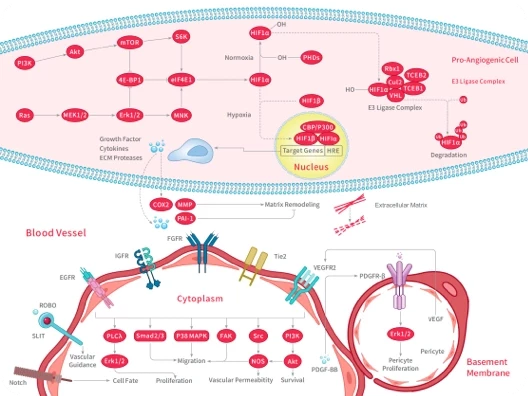
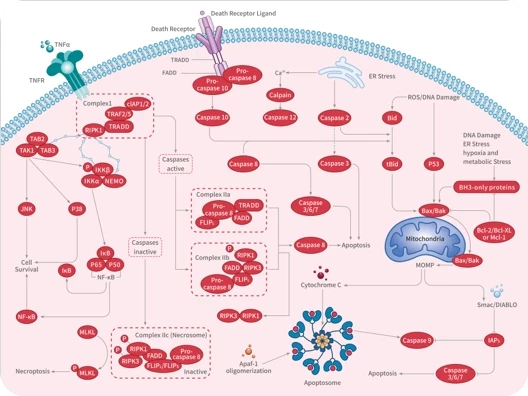
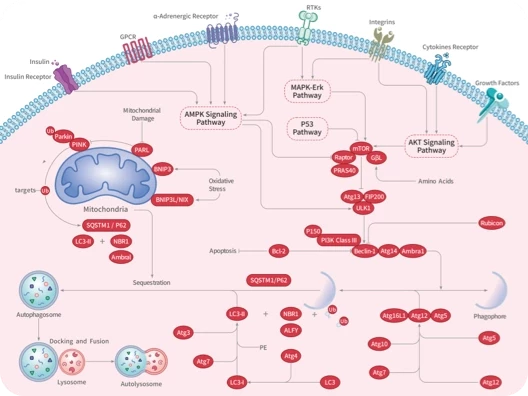

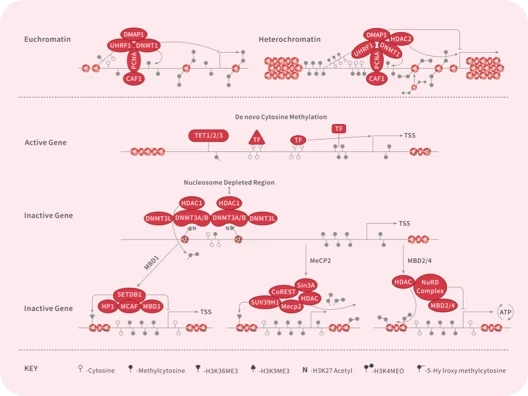
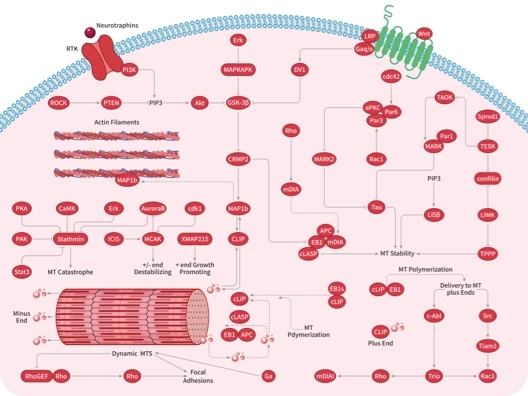
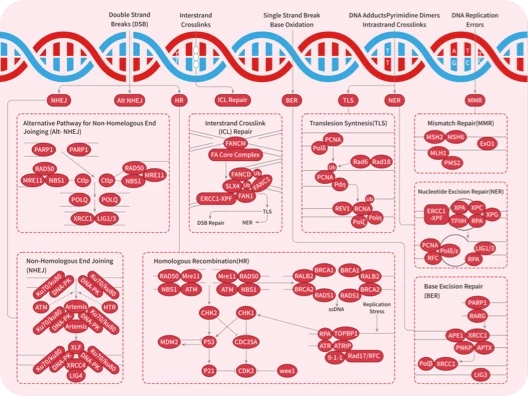
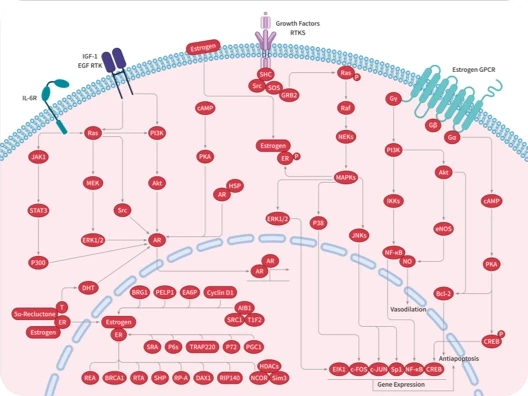
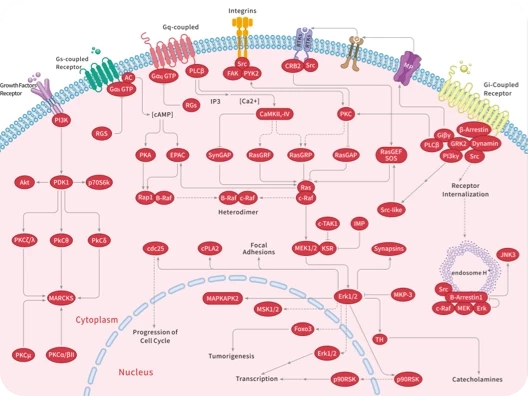
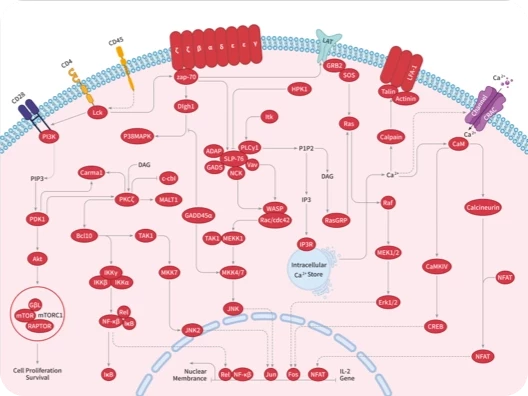
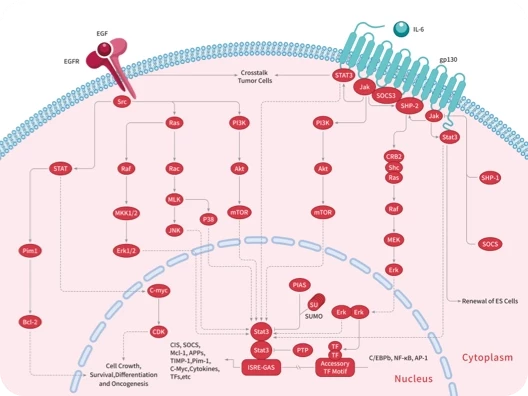

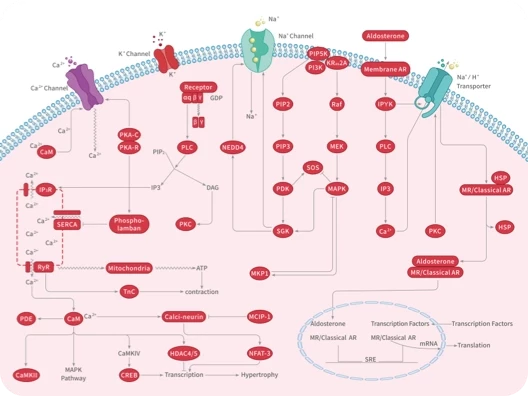
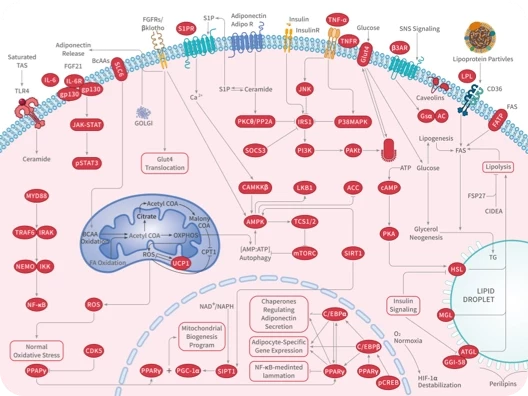


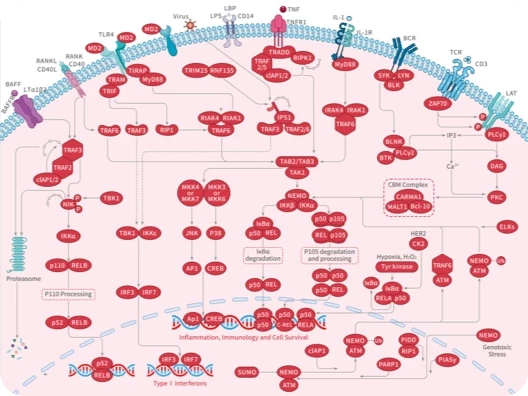
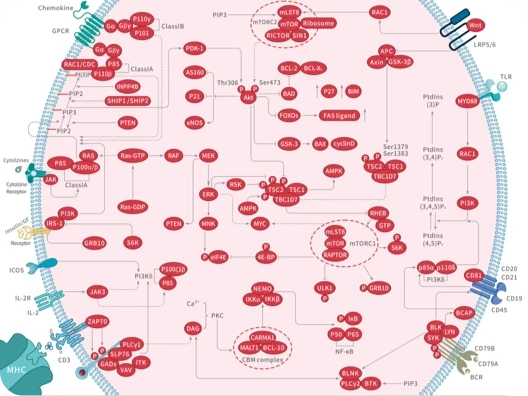
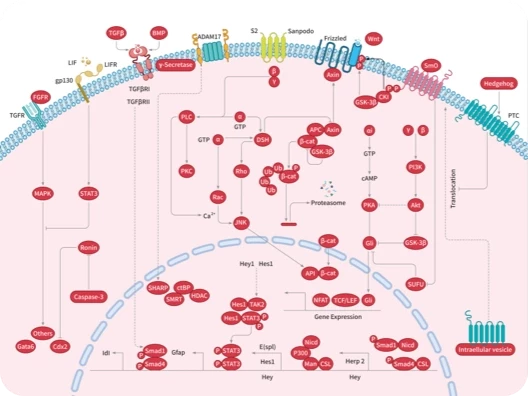
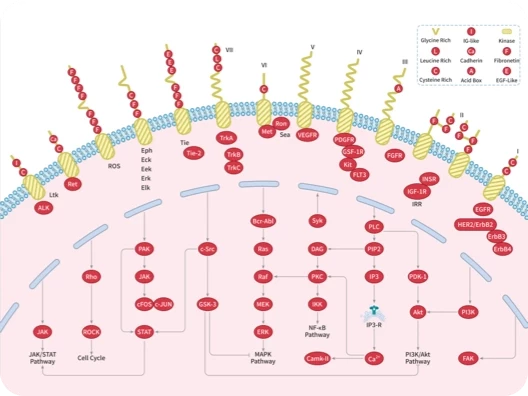



 还可以
还可以

 |
|
评论内容